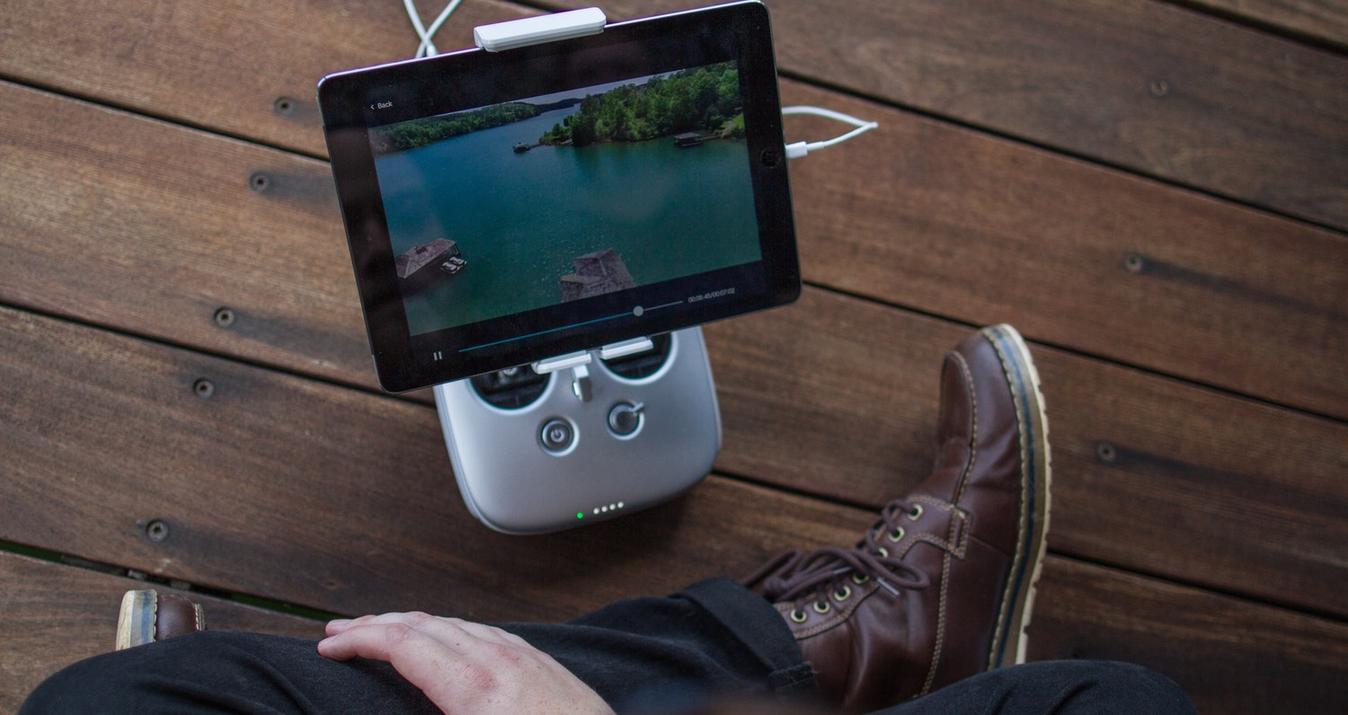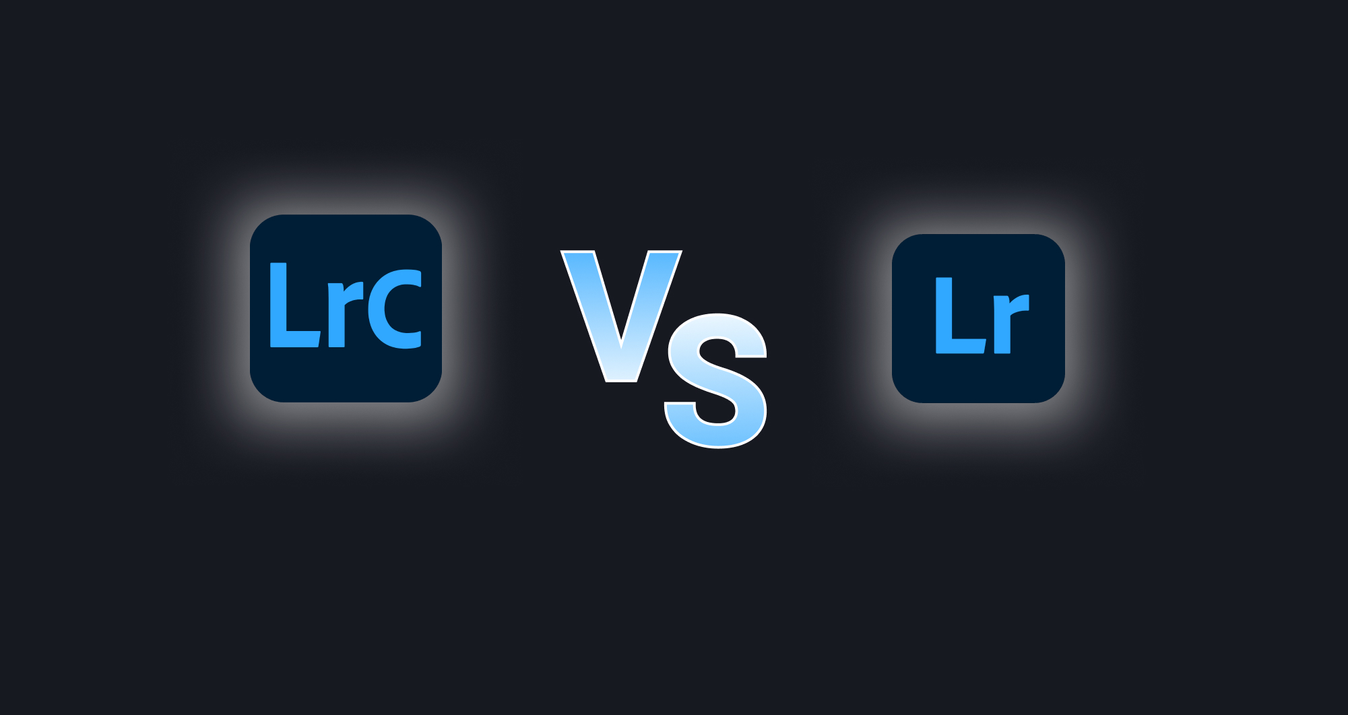What's behind Julia's B&W masterpieces? Read more to get inspired.
 Architect with a Master degree, multi award-winning black and white fine art photographer, author and highly sought after educator, Julia Anna Gospodarou lives in Athens and is mostly known for her black and white fine art photography. We asked Julia a few questions about her approach to photography and life.
Architect with a Master degree, multi award-winning black and white fine art photographer, author and highly sought after educator, Julia Anna Gospodarou lives in Athens and is mostly known for her black and white fine art photography. We asked Julia a few questions about her approach to photography and life.
1.Do black and white photos lack color? Is there something more than just light and shadows?
In my opinion photography, especially fine art photography, is not about color or black-and-white. It is about how you use it to express yourself and how it touches other people. It is about what you communicate, the emotion and the intensity of the experience, both the experience of creating photography, which is what the artist does, as well as the experience of looking at photography, from the side of the viewer. You can create emotion both by using color or black-and-white and it depends on how an artist feels at a certain moment, and what he is resonating with, as to if he or she creates color photography or works in black-and-white.
For me, black-and-white provides the tools to convey my ideas and emotions in a much more expressive way. While I love color and sometimes I work with color; I was even painting in my 20s, which is all about color; now I feel that black-and-white helps me go deeper inside myself and tell my story in a more convincing way. I do not remove the color in my photographs. I keep the color but I express it in gray tones. It is just a different way of looking at color, but color still exists in my photos. I still see the color and I see the light and the shadow. What I do is I’m combining everything and I show the essence of it all. For me, this essence can be best shown in black and white. I think this allows me to be free and not be limited in the way I present the world because I remove the direct comparison that one could make between a color photograph and the world in color, leaving the imagination of the viewer free to experience anything.
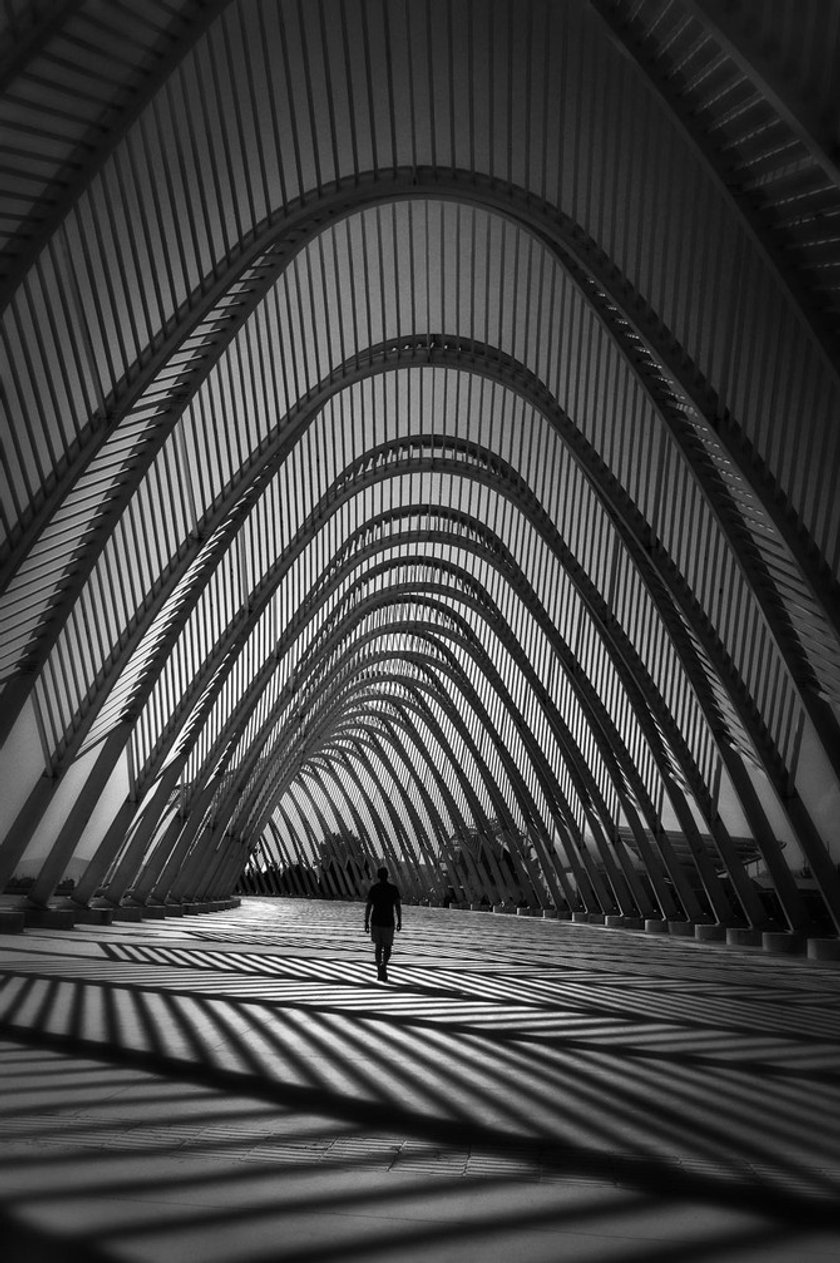
2. What are your favorite photos? What do these photos say?
I love to work with architecture and even if I love all my photographs, I can say that my favorite photographs are the architectural ones. I have architecture in my blood and this shows in how I see the world. I’m an architect and a photographer loving to work with architecture. I don’t call myself an architectural photographer because I think this would limit my freedom of expression, but I am a photographer who likes to work with architecture and that’s what I feel represents who I am the best.
Some of my favorite photographs are in the latest series I’m working on, called Urban Saga, that you can see here and where I’m using iconic buildings from all over the world, buildings which impressed me mostly, to tell a true story. What I do is I personify my subjects, in this case, these buildings, and I use them to tell a story from my life. My photography is autobiographical and most of my photographs talk about real events in my life. The events are not explicit in my images, but what I try to convey is the feelings I have when experiencing these events. This is what I try to transmit to my viewers and the Urban Saga series is talking about these events, just like all the other series I have created. I think an artist can find a tremendous amount of inspiration in his own life and having photography as a tool for transforming this inspiration into images is a true privilege we have as photographers.
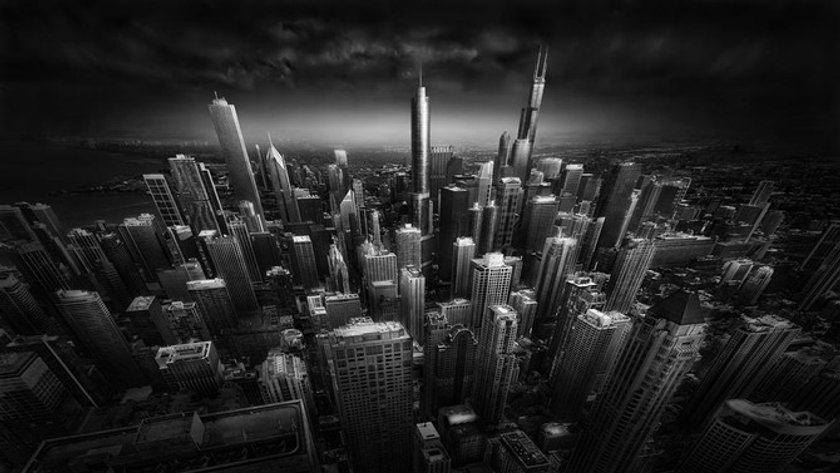
3. What stands behind creating fine art photography?
In my world, what is behind creating fine art photography is the artist. It is not the subject, it is not the viewer, it is only the artist and his need to express himself. This need to express himself that an artist feels is his vision and it is what gives birth to the photographs he creates. It is not photography in the traditional sense of the word and this is why I call the fine art photography we are creating in the digital era (en)Visionography, and I see as a photography that originates from vision and not necessarily from the subject we photograph. Artists always used their imagination to create, but in photography, this was not possible to such a degree in the past. Working with digital photography has opened the way and gave the photographer an almost total freedom in expressing his vision through his photography. We are not so dependent on the subject anymore, and we don’t need to rely so much on the conditions we have when taking a photograph. We can rely much more on our imagination and use our cameras and software to create the world we have in our mind through our photos, just like a painter would use his brush. The tools we use have liberated our vision and have given the photographer the freedom to create more than just photography, to create (en)Visionography.
I’m explaining more about the concept of (en)Visionography on my website and in my book From Basics to Fine Art – Black and White Photography, with co-author Joel Tjintjelaar. Over the past few years (en)Visionography has become among many people a new way of looking at photography and this makes me particularly happy because I think it gives to more photographers the freedom I have discovered by using photography to express myself.
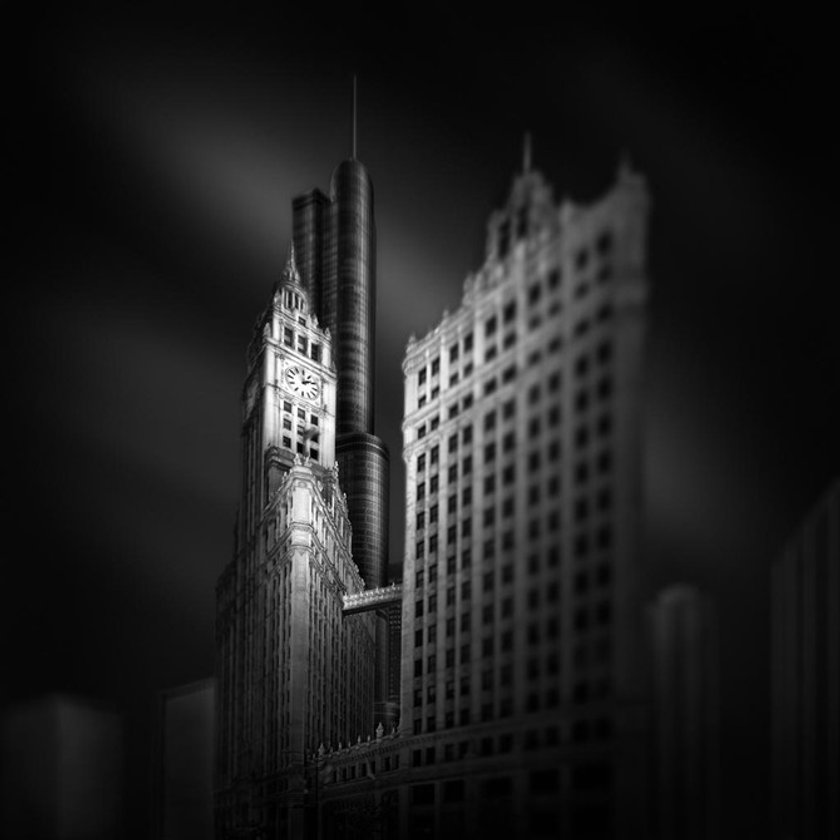
4. What do you love doing besides photography?
I love everything. I’m a very curious and passionate person and I am interested in everything. I love art, philosophy, I love to travel, I love foreign languages and I’m speaking five languages, I love to interact with people and this is why I like to be an educator and do workshops and work with my mentoring students, I like to share what I know and to learn even more every day. I consider life is about the experiences we have and about the knowledge we acquire, and I’ve always strived to both have inspiring experiences and get in contact with as much knowledge as I can. I can say I am like a sponge from this point of view and this makes me be very passionate about everything I do.
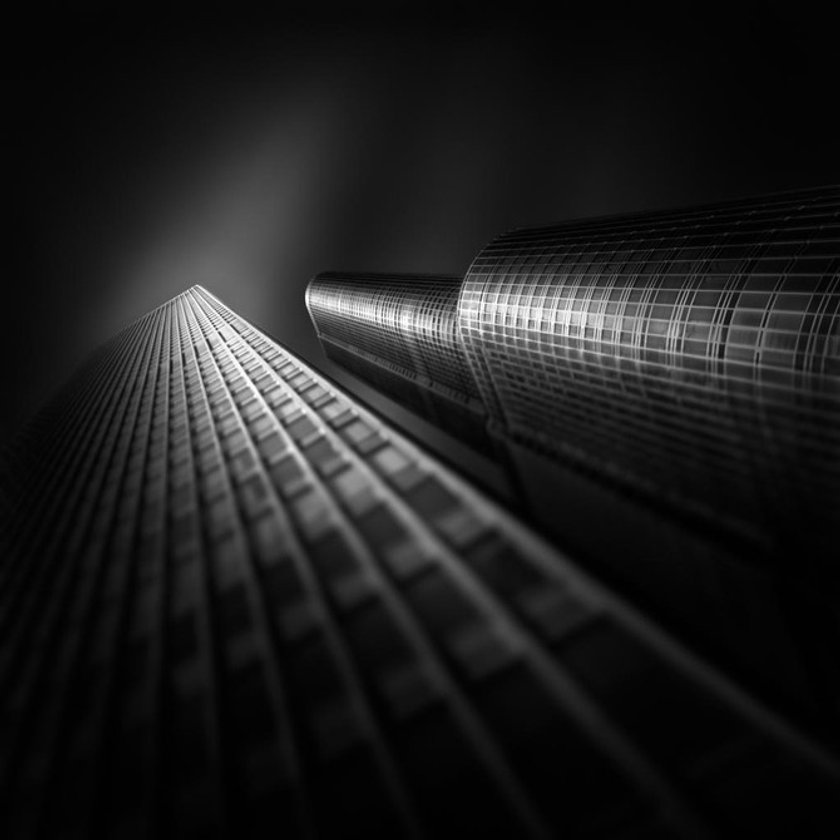
5. What's your perfect day like?
Photography, photography and again photography. I am the happiest person alive when I can just take my camera, travel to a place that charms me and spend all day from morning till night just taking photos. I’m hungry for visual images and the camera gives me the opportunity to look closer at things, to study them and to turn them on all sides, to look at them upside down and inside out. Maybe I could do this without the camera too, but everyone would think I’m crazy if I just stared at things and looked at them from all angles, without having a camera in front of my eyes. The camera is for me a persona and an excuse for looking at the world in a different way, and for expressing what I feel. I am mostly happy when I can create photography because photography is for me the language I use to communicate with the world.

Julia is the founder of (en)Visionography™ which she considers an alternative to fine art photography, seen as an evolution of photography in the digital era. This evolution and the new creative tools available today give the artist the freedom to express his own vision and story, independently of the subject he photographs. (en)Visionography™ is the photography that starts from the artist himself, who is taking inspiration from his own emotions in front of the world and from his life experiences. In this respect (en)Visionography brings photography close to the idea of art since the process of creation in (en)Visionography is the same as the process of creation of artists working with other means.
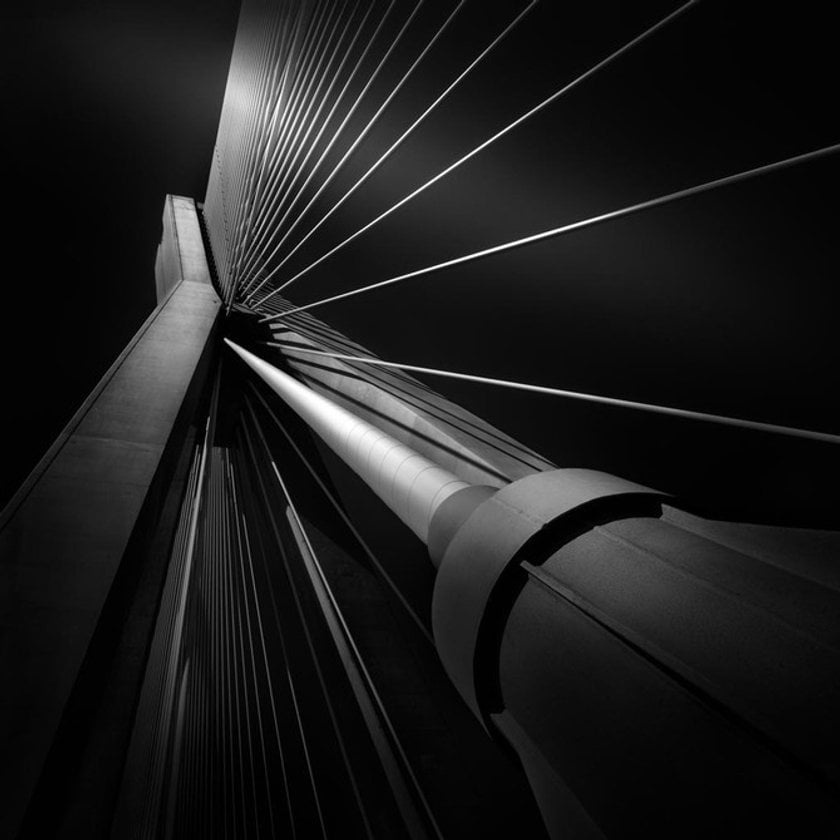
A Special Perk for Our Blog Readers
Get a 10% discount on Luminar Neo and dive into professional photo editing today!
Thank you for subscribing.
Your gift is waiting in your inbox!




